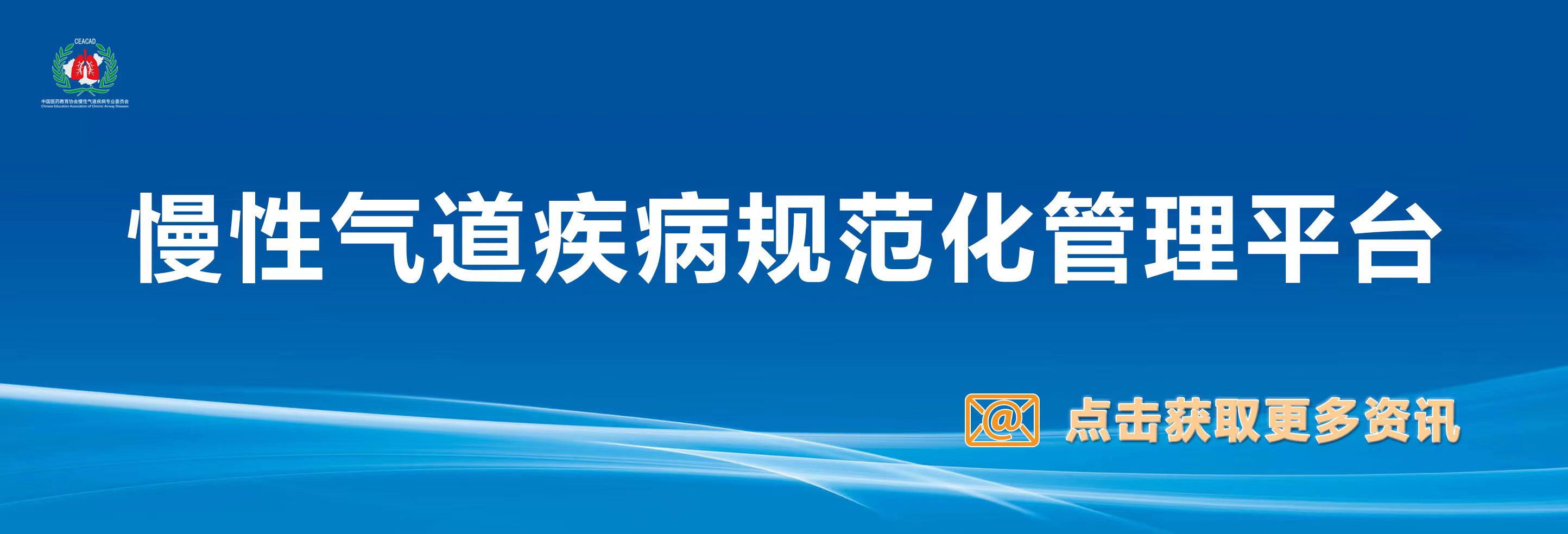黏膜相关恒定T细胞抑制链格孢菌诱导的变应性气道炎症模型中2型固有淋巴样细胞
2022/12/21
背景:黏膜相关恒定T细胞(MAIT)是一类新兴的固有T细胞,通过参与黏膜免疫在宿主防御中发挥重要作用。尽管有研究表明MAIT细胞与2型固有淋巴细胞(ILC2s)介导的变应性气道炎症(如哮喘)有关,但MAIT细胞在此类炎症中的确切作用仍不清楚。
方法:为了探讨MAIT细胞在气道炎症中的可能作用,我们检测了MAIT细胞是否抑制了ILC2s产生的辅助性T细胞(Th)2和炎症细胞因子,并限制了ILC2s的增殖,这些都是气道炎症的先决条件。鉴于实验室小鼠缺乏MAIT细胞,我们使用了一个富含MAIT细胞的新小鼠系。
结果:我们发现,富含MAIT细胞的小鼠肺部免疫细胞浸润和杯状细胞增生减少,同时Th2和炎症细胞因子的产生减少,从而证明了富含MAIT细胞的小鼠气道炎症减轻,而野生型小鼠在真菌提取物的攻击下表现出严重的炎症。使用纯化的ILC2s和MAIT细胞进行体外共培养实验,未发现细胞因子刺激的MAIT细胞抑制ILC2s产生细胞因子,最可能是通过产生IFN-γ促进细胞增殖。此外,在高度免疫抑制的小鼠中,过敏性气道炎症的重建表明,在同时接受MAIT细胞和ILC2s的小鼠中,ILC2介导的炎症减轻。
结论:我们的结论是MAIT细胞在抑制ILC2s产生细胞因子和ILC2增殖中起着至关重要的作用,最终导致过敏性气道炎症的减少。该结果为ILC2通过调节MAIT细胞活性介导的炎症性疾病开辟了新的治疗视野。
(Frontiers in Immunology 2022 Vol. 13 DOI: ARTN 100522610.3389/fimmu.2022.1005226)
Mucosal-associated invariant T cells repress group 2 innate lymphoid cells in Alternaria alternata-induced model of allergic airway inflammation
Y. Shimizu, Y. Horigane-Konakai, Y. Ishii, C. Sugimoto and H. Wakao
Abstract
BACKGROUND:Mucosal-associated invariant T (MAIT) cells, a blossoming member of the innate-like T cells, play a pivotal role in host defense through engaging the mucosal immunity. Although it has been suggested that MAIT cells are somehow implicated in the allergic airway inflammation mediated by group 2 innate lymphoid cells (ILC2s) such as asthma, the precise role(s) of MAIT cells in such inflammation has remained elusive.
METHODS:To explore the possible roles of MAIT cells in the inflammation, we examined whether MAIT cells suppressed the production of T helper (Th) 2 and inflammatory cytokines from ILC2s, and constrained the proliferation of ILC2s, both of which are prerequisite for airway inflammation. Given that laboratory mice are poor at MAIT cells, a novel mouse line rich in MAIT cells was used.
RESULTS:We found that mice rich in MAIT cells showed alleviated airway inflammation as evidenced by reduced infiltration of the immune cells and hyperplasia in goblet cells in the lung concomitant with compromised production of Th2 and inflammatory cytokines, while wild type mice exhibited severe inflammation upon challenge with the fungal extracts. In vitro coculture experiments using purified ILC2s and MAIT cells unrevealed that cytokine-stimulated MAIT cells suppressed ILC2s to produce the cytokines as well as to proliferate most likely via production of IFN-gamma. Furthermore, reconstitution of the allergic airway inflammation in the highly immunocompromised mice showed that ILC2-mediated inflammation was alleviated in mice that received MAIT cells along with ILC2s.
CONCLUSIONS:We concluded that MAIT cells played a crucial role in suppressing the cytokine-producing capacity of ILC2s and ILC2 proliferation, that ultimately led to decrease in the allergic airway inflammation.The results open up a novel therapeutic horizon in ILC2-mediated inflammatory diseases by modulating MAIT cell activity
上一篇:
LTβR信号直接控制气道平滑肌失调和哮喘肺功能障碍
下一篇:
气道上皮细胞特异性递送脂质纳米颗粒负载siRNA用于哮喘治疗









